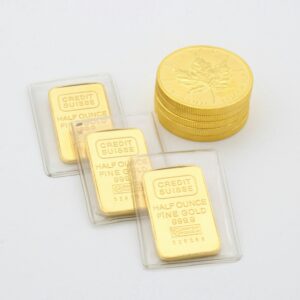03/04/2024 | Industrial Wastewater | 9 MINUTE READ
Understanding Free Chlorine in Drinking Water and Water Treatment Plants
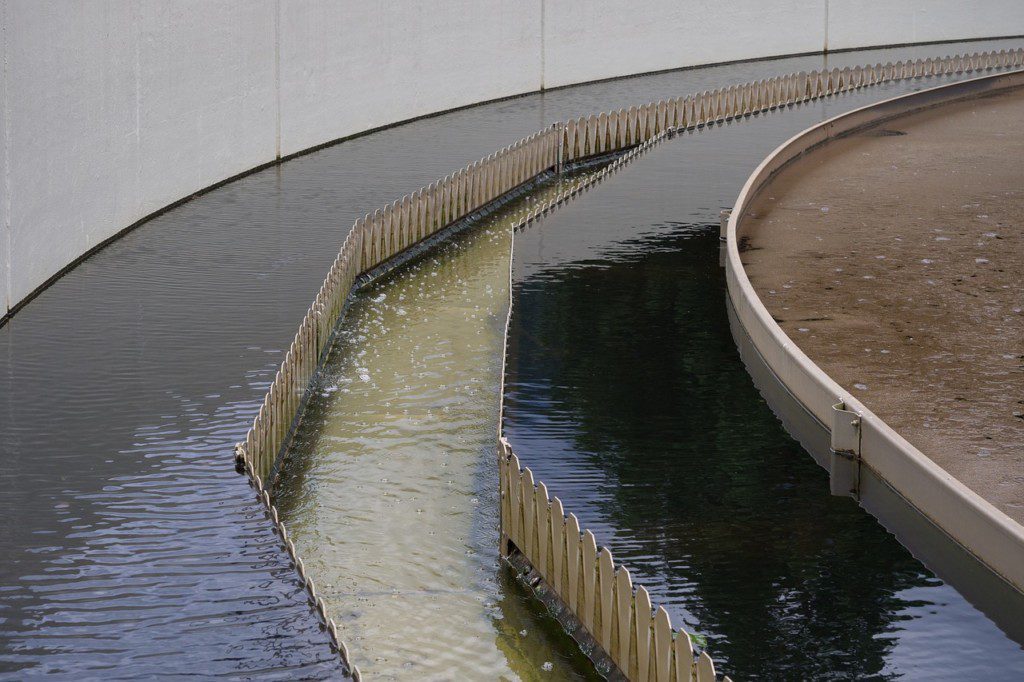
Untreated water is filled with contaminants that can cause many health problems if consumed in large quantities. Treatment plants remove these contaminants before the water is sent to businesses and homes. The treatment process occurs in stages, which include coagulation, flocculation, sedimentation, and filtration.
The final stage is disinfection, which kills all remaining viruses, parasites, and bacteria in the water. During the disinfection stage, the main chemical used is free chlorine. It helps clean the water before it’s distributed to many different locations.
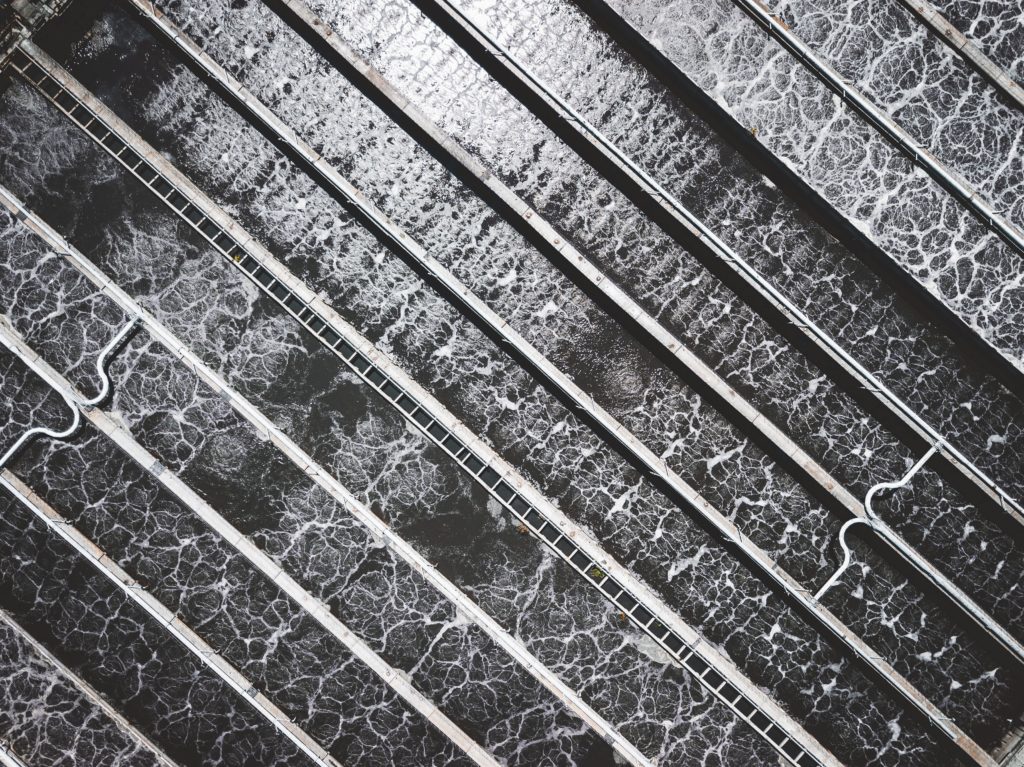
What is Free Chlorination?
Free chlorination is a temporary process that replaces combined chlorine with free chlorine. Since free chlorine has yet to be used, it can sanitize contaminants and remove harmful microorganisms. The contaminant levels will remain elevated if the water doesn’t contain enough free chlorine.
Since water can contain different types of chlorine, you should understand how to differentiate between each version before taking measurements. Residential homes receive water via Drinking Water Distribution Systems (DWDSs).
Over time, water will settle and age, which causes biofilm to grow along the pipes. Biofilm consists of a layer of microbes that can negatively impact the taste and quality of water. Chlorine is powerful enough to eradicate biofilm in distribution pipes. Water treatment facilities regularly disinfect and flush hydrants and mains. If the water isn’t routinely disinfected with chlorine, the biofilm can cause nitrification, health problems, and pipe corrosion.
Types of Chlorine: Free Chlorine vs. Chloramine
The two primary types of chlorine include free chlorine and chloramine. Free chlorine is used alone, ensuring it maintains strong disinfectant properties. In comparison, chloramine is a combination of ammonia and chlorine. It’s commonly used in water treatment but is less potent than free chlorine.
The drinking water sent to residential homes is sourced from lakes, wells, and rivers. Before it can be distributed, it must be treated with various chemicals to remove the toxins and make it safe to drink. Both chlorine and chloramine can remove waterborne diseases and other contaminants from the water.
Even though chlorine is a great disinfectant, a couple of drawbacks occur when using it. For example, dirt and contaminants can react with chlorine to create harmful disinfection byproducts (DBPs). Trihalomethanes (THMs) are carcinogenic byproducts. The other downside to using free chlorine is that it doesn’t last, which can be an issue when water needs to travel long distances. Free chlorine will wear off quickly, making it possible for bacteria and other chemicals to return.
While municipalities still use free chlorine to disinfect drinking water, the EPA has implemented specific regulations to limit disinfection byproducts. Because of the costs associated with treating water containing too many disinfection byproducts, many cities have also begun to use chloramine.
This substance is made from one part ammonia and five parts chlorine. Even though more than 83% of the mixture is chlorine, it only produces a small amount of DBPs. Chloramine also stays in the water for considerably longer.
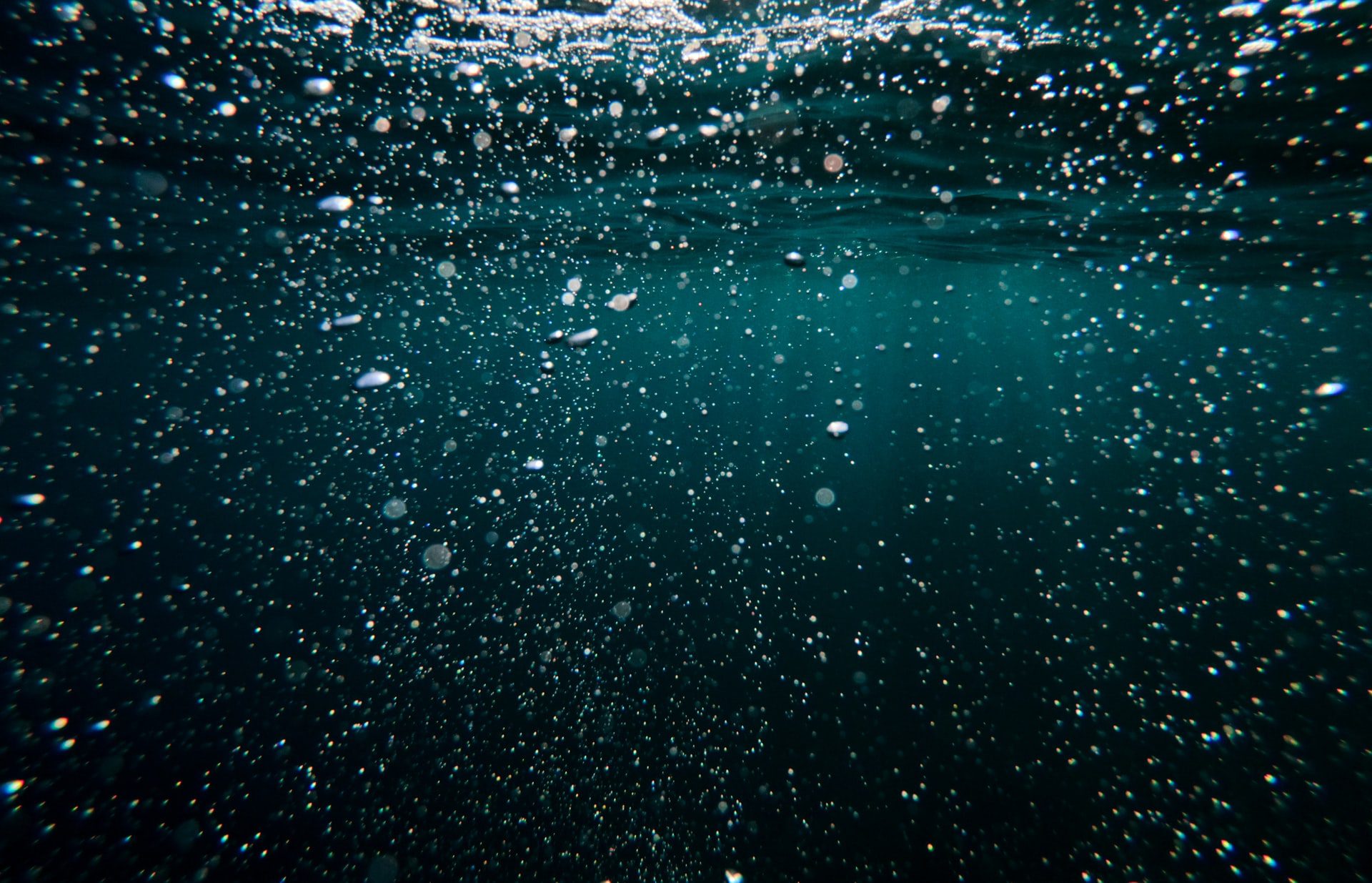
Chlorine Addition Methods
There are several ways to add chlorine to drinking water, which include a liquid sodium hypochlorite solution, chlorine gas, and dry calcium hypochlorite. Gas chlorination requires advanced equipment to ensure it’s applied safely. Employees with gas chlorination must receive additional training to ensure they can perform the process without issue. Adding hypochlorite is significantly easier and doesn’t require much training. The main advantage of gas chlorination is that it can be more affordable if purchased in large quantities.
The hypochlorite versions are typically used in large-diameter water mains. The chlorine can be introduced as granules, tablets, or liquid. The chlorine solution will then be moved throughout the pipe over the next few hours. If the chlorine maintains contact with the pipe walls for several hours, the biofilm should be effectively removed.
Chlorine tablets are often used with smaller mains. The treatment facility determines the total number of tablets required for the treatment process. These tablets are placed along each joint before the main is filled with water. After placing the tablets in the water, the solution will sit there for 24-36 hours before the entire system is flushed.
Before completing the treatment process, operators must gather chlorine residuals to measure the concentration and ensure all contaminants have been removed from the water. The ideal chlorine concentration after treatment is around 25 mg/L. If the concentration is correct, the system can be flushed another time. After this occurs, the residuals will be checked to ensure all heavy chlorinated water has moved out of the pipeline.
While the “slug-in” method is still commonly used, it has proven somewhat unreliable. For example, chlorine is unevenly distributed throughout the system. The water becomes diluted and will carry differing amounts of chlorine to various parts of the system. Some of the water will maintain chlorine concentrations that exceed 500 ppm. In this scenario, the water becomes corrosive and eventually damages fixtures.
Water treatment facilities can also use shock chlorination via high-pressure injection. This procedure is effective at chlorinating water lines and disinfecting pipes. Shock chlorination occurs by injecting a chlorine solution into the water as it flows at a specific rate. Once chlorine residuals reach 50-100 ppm, the solution will stay in the pipes for up to 24 hours.
Historical Context and Common Use of Chlorination
Chlorination has been a mainstay in U.S. drinking water systems for over a century. The technologies for chlorination were first developed in the early 20th century. The first facility in the U.S. that performed large-scale chlorination was Jersey City Water Works, established in 1908.
As chlorination became more widely adopted, waterborne diseases stopped spreading rapidly. In the early 20th century, more than 26 of every 100,000 deaths were caused by typhoid. Today, the disease is rare.
It’s not just the U.S. that views chlorination as a highly beneficial form of water treatment. The solution has reached a high global prevalence and is used in 98% of water treatment plants nationwide.

Safety of Chlorine in Drinking Water
Today, the U.S. Environmental Protection Agency (EPA) maintains regulations that limit the amount of chlorine that can be present in drinking water. If water treatment plants adhere to these regulations, the water will be safe for human consumption. At nominal levels, the chlorine in drinking water shouldn’t cause long-term health problems.
Because of the risks associated with consuming DBPs, the EPA only allows chlorine levels of up to four parts per million. Long-term exposure to allowable chlorine levels shouldn’t cause health problems. Every public water system is required to measure their treated water for DBPs. If the concentration of DBPs is higher than four parts per million, the facility must take immediate action to reduce the levels. Customers must also be notified.
Duration and Frequency of Free Chlorination
As touched upon previously, free chlorination is a temporary solution. It can only last for around three to five weeks so that additional treatments may be required. In water treatment plants, free chlorination occurs every six months or so.
Impact on Water Quality and Consumer Experience
Free chlorination doesn’t negatively impact water quality or pose health risks. If the chlorine concentration in water is kept within the legal limits, you can drink it. There is, however, the potential for minor changes to the water regarding taste or odor. However, these changes are temporary.
When the chlorination process starts, the smell and taste are more noticeable. Water treatment plants try to strike the perfect balance between effective chlorination and minimal smell and taste changes.
Methods for Improving Water Taste/Smell
There are numerous things customers can do to mitigate the changes in water smell or taste during free chlorination. For example, leave a pitcher filled with water in the refrigerator for several hours. If the pitcher is left uncovered, the chlorine smell should fade away.
You should also use a high-quality filter that can remove the chlorine smell and taste. Granular-activated carbon filters are the most effective. Always drink cold water to reduce smell and taste issues.
Purpose and Timing of Free Chlorination
The purpose of free chlorination is to maintain a safe and reliable water supply. From heavy metals to total dissolved solids, many types of contaminants can make their way into water before it’s treated. While chlorination can be used at every stage of the water treatment process, it’s often performed just before the water is distributed. Regularly monitor your water quality to determine the best time to use chlorination.
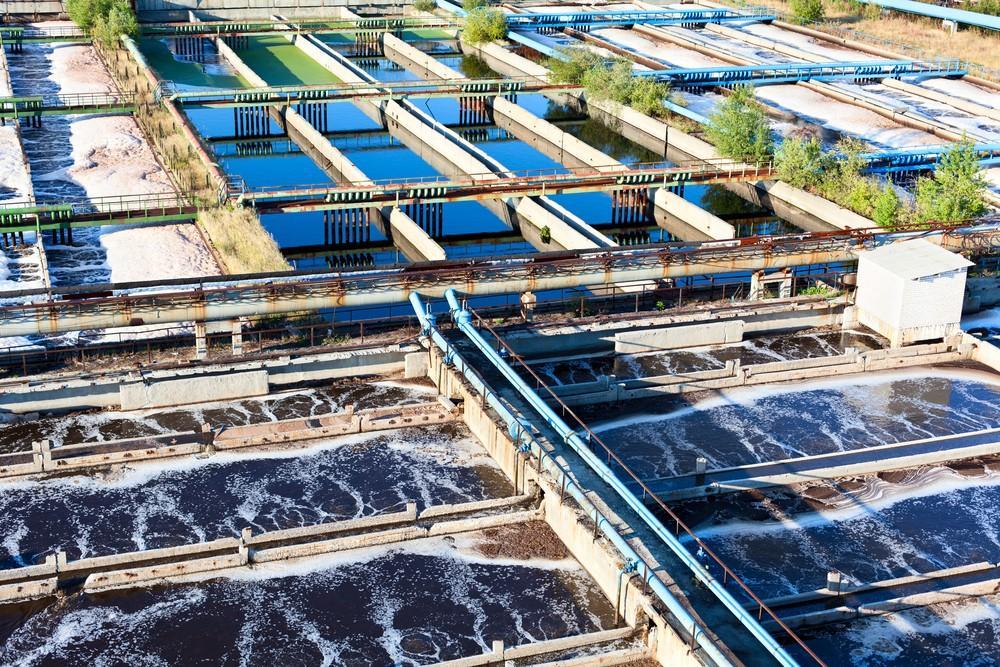
Removal of Chlorine/Chloramines in Fish Aquariums
If you have a fish aquarium in your home, you must remove chlorine and chloramines from the water regularly to maintain the health of your aquatic pets. These substances can accumulate on leaf tissue, which can cause a burned appearance. The corrosive characteristics of chlorine can be harmful to fish and marine invertebrates.
Chemical burns along the gills are possible. The chlorine can also be absorbed into the bloodstream. Ensure you use premium filtration systems or de-chlorinating additives to remove chlorine. You can find these solutions at most aquarium and pet supply stores.
Observations During Free Chlorination
When water treatment facilities are about to perform the free chlorination process, they may notify residents about which streets and fire hydrants will undergo flushing. These notices should include the duration, start date, and information about possible disruptions.
During this process, you may notice fire hydrants being opened throughout your neighborhood. Water can be discharged until a certain amount has been removed. The main issue with this process is that it wastes a considerable amount of water.
Conclusion
Free chlorination is necessary to maintain water quality and safety. By introducing free chlorine to the water, it can be adequately disinfected, which ensures that harmful bacteria and pathogens are removed before it’s distributed. If a treatment facility tests the water and finds the concentration of disinfection byproducts too high, every nearby resident must be notified. Keep an eye out for this type of notice in your mail. As a consumer, you must stay informed about water treatment processes and their impact on drinking water.
Posted by Joshua Samp on March 4, 2024
Sensorex is a global leader in the design and manufacture of quality sensors for water quality and process applications. The company offers more than 2000 sensor packages for pH, ORP, conductivity, dissolved oxygen, free chlorine, chlorine dioxide, UV transmittance and other specialty measurements, as well as a full line of sensor accessories and transmitters. Its expert technical support engineers solve analytical sensor challenges with custom designs and off the shelf products.




